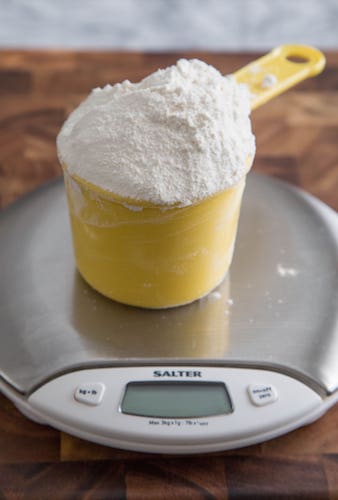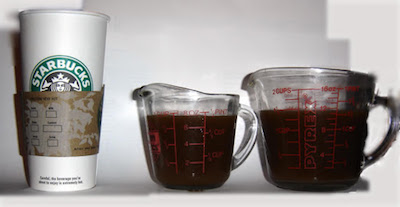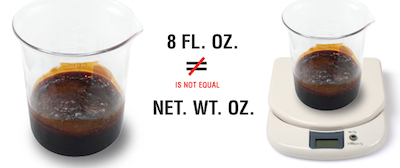The truth is that there has been (and continues to be) a lot of confusion around ounces and fluid ounces. And we are not only talking about math students. We are also talking about adults, especially women who cook on a daily basis at home. The truth is that every time they want to try out a new recipe, they end up looking at the ounces and fluid ounces units of measurement and they keep wondering how they measure the ingredients properly.
Understanding The Difference Between Ounces And Fluid Ounces

When you are trying to understand the difference between ounces and fluid ounces, you need to go a little back. Ultimately, the main difference between these two units of measurement is related to the fact that there isn’t just one measurement system that is used across the entire world.
The reality is that there are different measurement systems. These include the Metric System, The English System, the U.S. Customary System, the Non-Standard Units system, the Imperial system, and the Natural Units system. As you can see, there is a wide range of measurement systems and this fact is, in part, the justification for such confusion between ounces and fluid ounces.
But the differences between ounces and fluid ounces don’t stop here. In fact, ounces and fluid ounces measure items in different ways. For example, in what concerns to dry items, you need to use the ounce since it is a measure of weight. On the other hand, when you want to measure a liquid item, then you will need to use fluid ounces which is a measure of volume.
Ounces Measure Weight

As we just mentioned above, ounces measure weight. So, as you can easily understand, this unit of measurement is used to measure dry ingredients such as sugar or flour. However, you can also use it to measure yogurt or honey.
In case you are looking at a recipe that uses ounces instead of cups, this simply means that you need to make more accurate measurements. After all, ounces are more accurate than cups which can vary in size.
So, when you need to measure ounces, you should use a scale.
Discover our free converter to discover how many milliliters are in one ounce.
Fluid Ounces Measure Volume

As we also already mentioned above, fluid ounces are a unit that serves to measure volume. This means that you want to know how much space something takes up.
Ultimately, when you are measuring liquid ingredients such as milk or water, you should use fluid ounces.
When you need to measure fluid ounces, the best thing you can do is to use a measuring cup. This is the most accurate way of measuring fluid ounces.
Easily convert ounces to milliliters using our free online converter.
Bottom Line
As you can see, ounces and fluid ounces are very different units of measurement. And while many people continues to use both terms interchangeably, this shouldn’t be done since it may conduct to errors.
All you need to keep in mind is that ounces is a measure of weight and is used to measure dry items or ingredients. On the other hand, fluid ounces is a measure of volume and is used to measure liquid items or ingredients.
